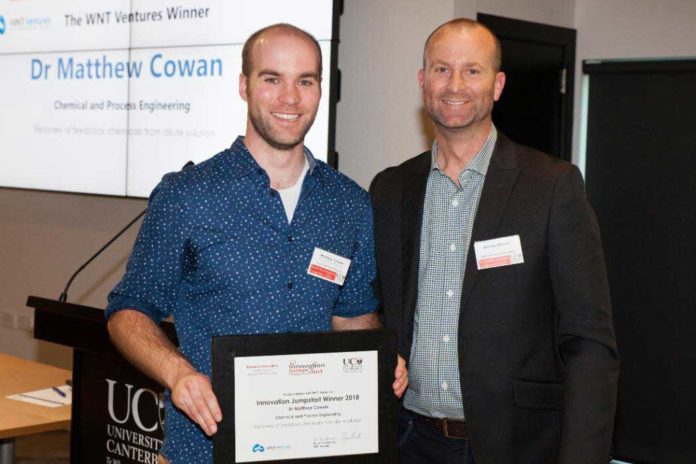Petroleum waste is a complex mixture containing different quantities of waste oil, wastewater, sand, and mineral matter. Petroleum industries are responsible for the generation of large quantities of sludge, which is a major source of environmental pollution.
Now, a scientist at the University of Canterbury has designed a new process to recoup raw materials that could make a worldwide solution for petrochemical waste, enhance productivity and increase efficiency. The process will make producing specialty plastics and chemicals more efficient and less wasteful.
The University of Canterbury Chemical and Process Engineering lecturer Dr. Matthew Cowan said, “This technology is a process which will decrease the cost of separating materials from the waste in order for those products to be recovered efficiently. The benefit of this idea is that you can get back raw materials in liquid solutions that have dissolved and have previously been hard to recover.”
“The ability to recover raw materials has also been demonstrated to be lucrative for the producer of the materials.”
“Companies don’t want interference in their core business but are much more receptive to innovations around their waste stream. There’s much less risk when you’re working with the rubbish. The recycling of waste products from these chemical reactions in order to recycle them will create economic benefits for an international market with potential for engineering and operational jobs.”
“This solution can integrate into existing chemical plant structures with minimal disruption to plant operations, which could create extra jobs for engineers as well as operators.”
Dr. Cowan, a Rutherford postdoctoral fellow, was recently awarded a $20,000 grant from Innovation Jumpstart 2018 to transform his ideas and research into commercial reality, as well as $35,000 worth of practical services and support from technology incubator and early-stage investor, WNT Ventures.
